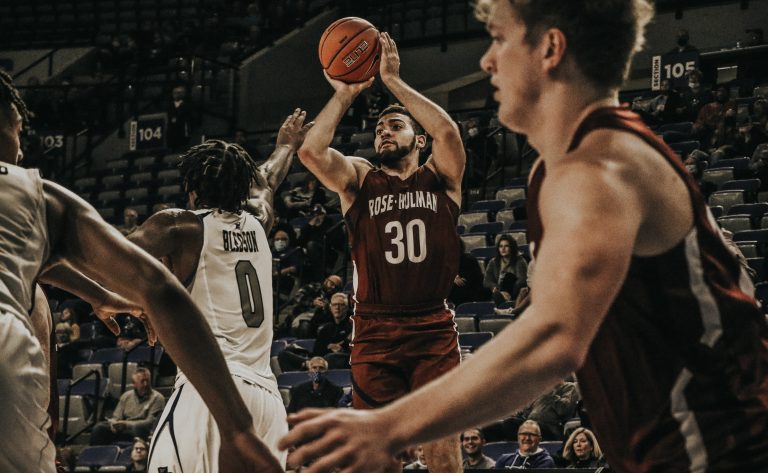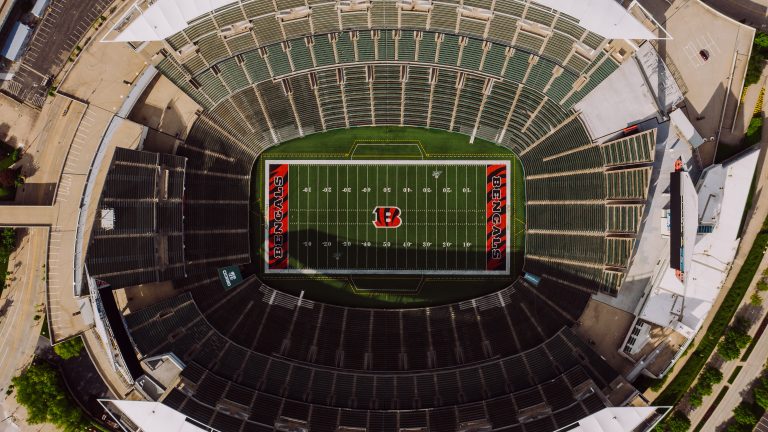How Diverse Is Major League Soccer
Major League Soccer was founded in the United States in 1996, not long after the US hosted the 1994 FIFA World Cup. With a growing demand for a professional soccer league, the MLS had nothing but the potential to grow in a country where soccer fans were continually left out. The league has grown tremendously since its creation 26 years ago. It will continue to grow as soccer becomes more popular inside the United States.
Why Is MLS the Most Diverse League in North America?
In North America, the soccer competition has primarily been dominated by Mexico. This has long been reflected in their professional soccer league, Liga MX. The amount of talent in Liga MX is undeniable. Still, the MLS has given the league a run for its money and has arguably become a more competitive league. A big reason why the MLS has become such a well-respected, competitive league is because of the diversity of its players.
According to data in 2019 from the Elias Sports Bureau, the MLS ranks as the most diverse professional league in North America. The MLS player pool had 73 countries of birth represented in the compiled data. The global representation across the recorded 655 MLS players ranked as the most of any professional soccer league in the world. Additionally, this includes other soccer leagues and all other professional sports leagues such as the NFL, NHL, NBA, etc. And according to 2017 data by the LA Galaxy, the league also has the “second-highest total in the percentage of players born within its competitive borders (48.36% of players born outside USA and Canada)”.
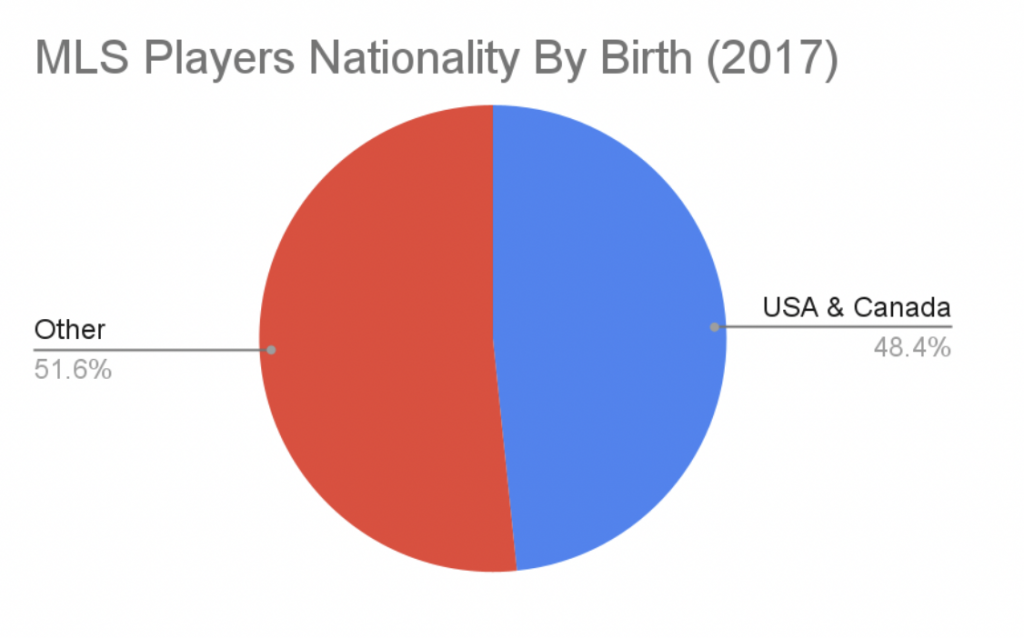
What Does the Data Say About Diversity of MLS?
The diversity continues with the representation of coaches of color in the league. According to an article from ESPN exploring the “MLS Racial and Gender Report Card”, The percentage of head coaches of color in the MLS is 37.5%. In comparison, the percentage of players of color is 61.7%. There is still a significant disparity between the ratio of coaches of color to players of color. However, it has more representation than other professional sports leagues. And the percentage of assistant coaches of color is even higher, with 46.4%.

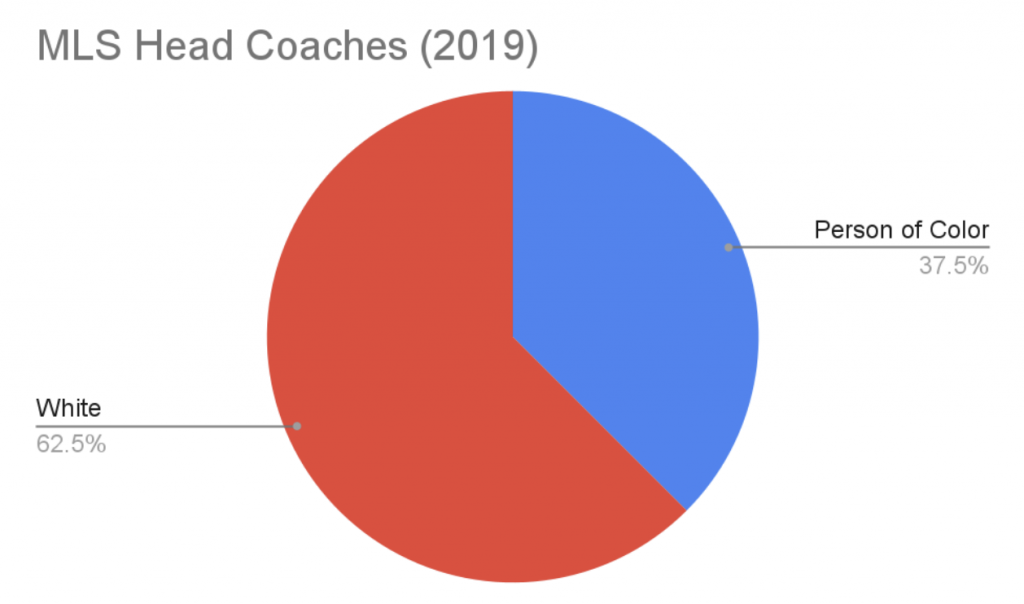
Latino representation in MLS is also notable and worth discussion. According to ESPN in 2019, 33.4% of MLS players reported being Latino. Additionally, in 2019 25% of MLS head coaches were Latino. This ratio of coaches to player representation is unparalleled in other sports leagues. For example, in 2019, 74.8% of NBA players were reported as black, but only 29.5% of head coaches were black.
A similar disparity was present in the NFL. In 2019, 58.9% of players identified as black, but only 9.4% of head coaches were black. With the MLB in 2019, 29.5% of players identified as Latino, but only 10% of head coaches were Latino. The underrepresentation of coaches of color in professional leagues is a common thread sewn within every league. While there is always room for improvement, the MLS is notably leading the way in hiring coaches of color to reflect the diversity of the players in the league.
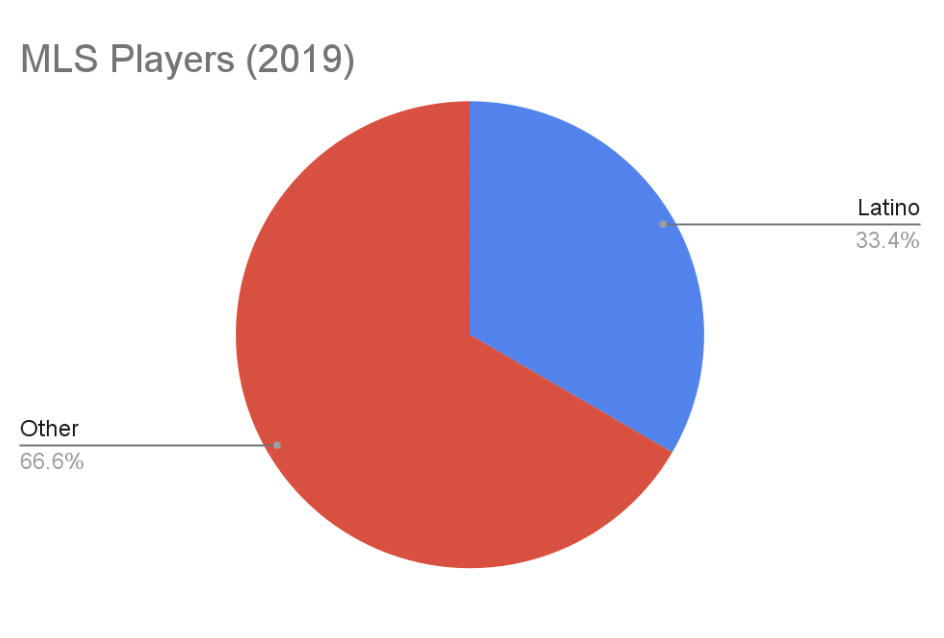
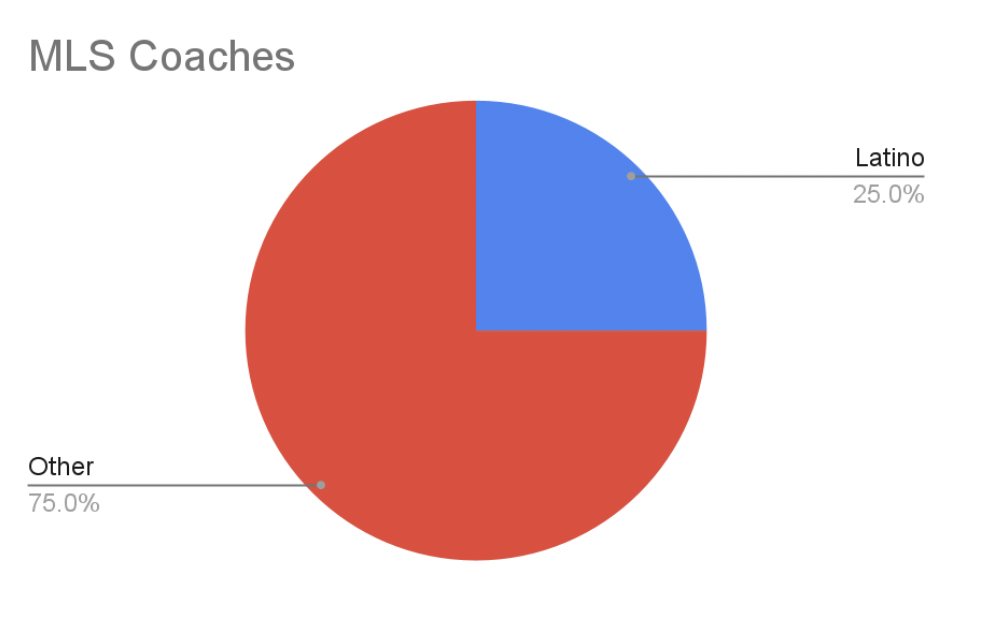
Looking Towards a Bright Future
As the MLS continues to grow in popularity worldwide, it will continue to attract diverse players to the league. To have diverse players in a North American soccer league is fantastic and it reflects the diversity of the world’s most popular sport. However, the data clearly shows that the diversity of coaches needs much improvement. Through the increasing competitiveness of the MLS, hopefully, the teams will look to attract more diverse coaches and staff from all over the globe. The MLS is not the small league of the past. It has become an excellent league. To continue to showcase the league’s greatness and openness to diversity, the league needs to diversify its coaches.


